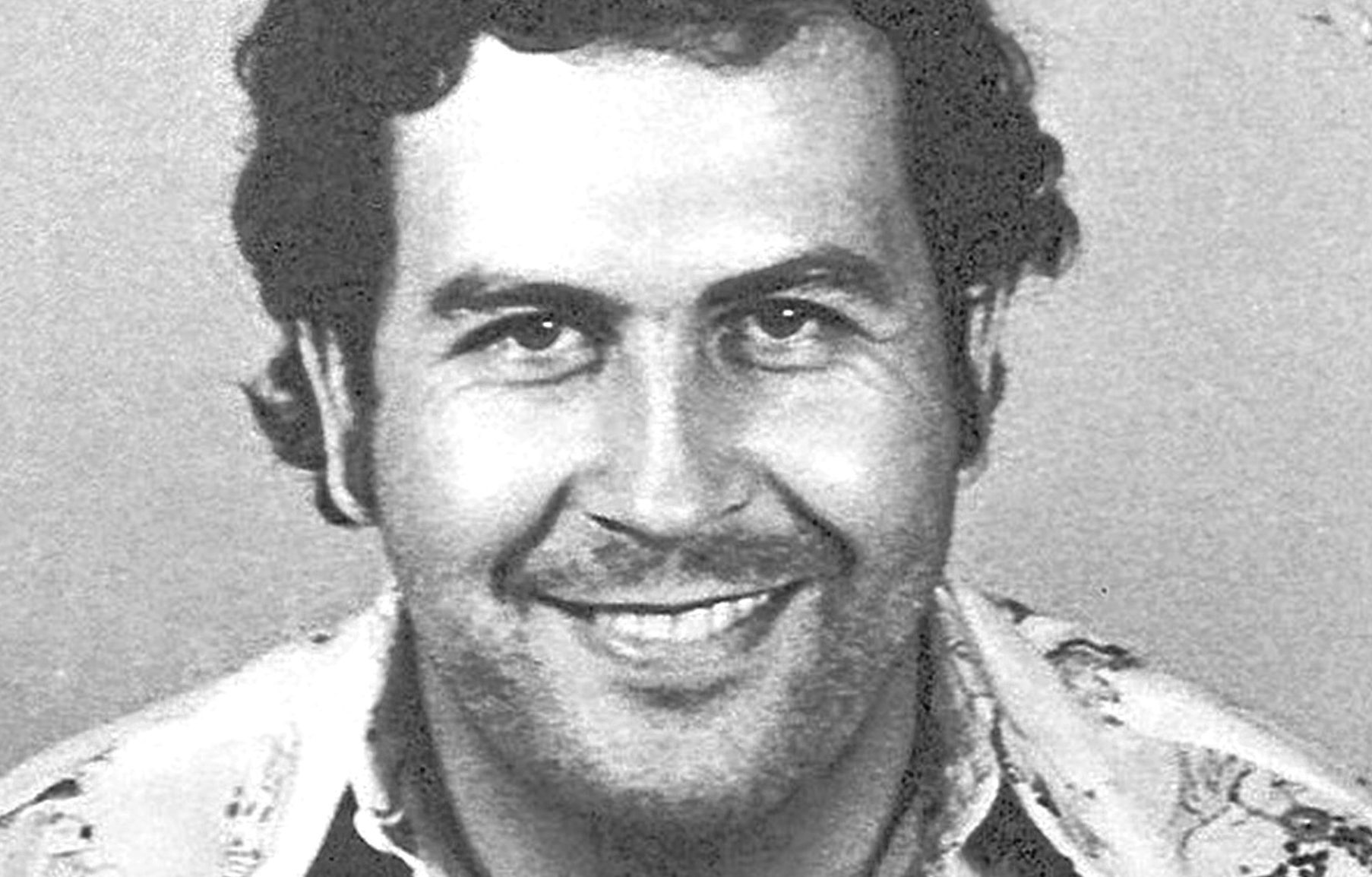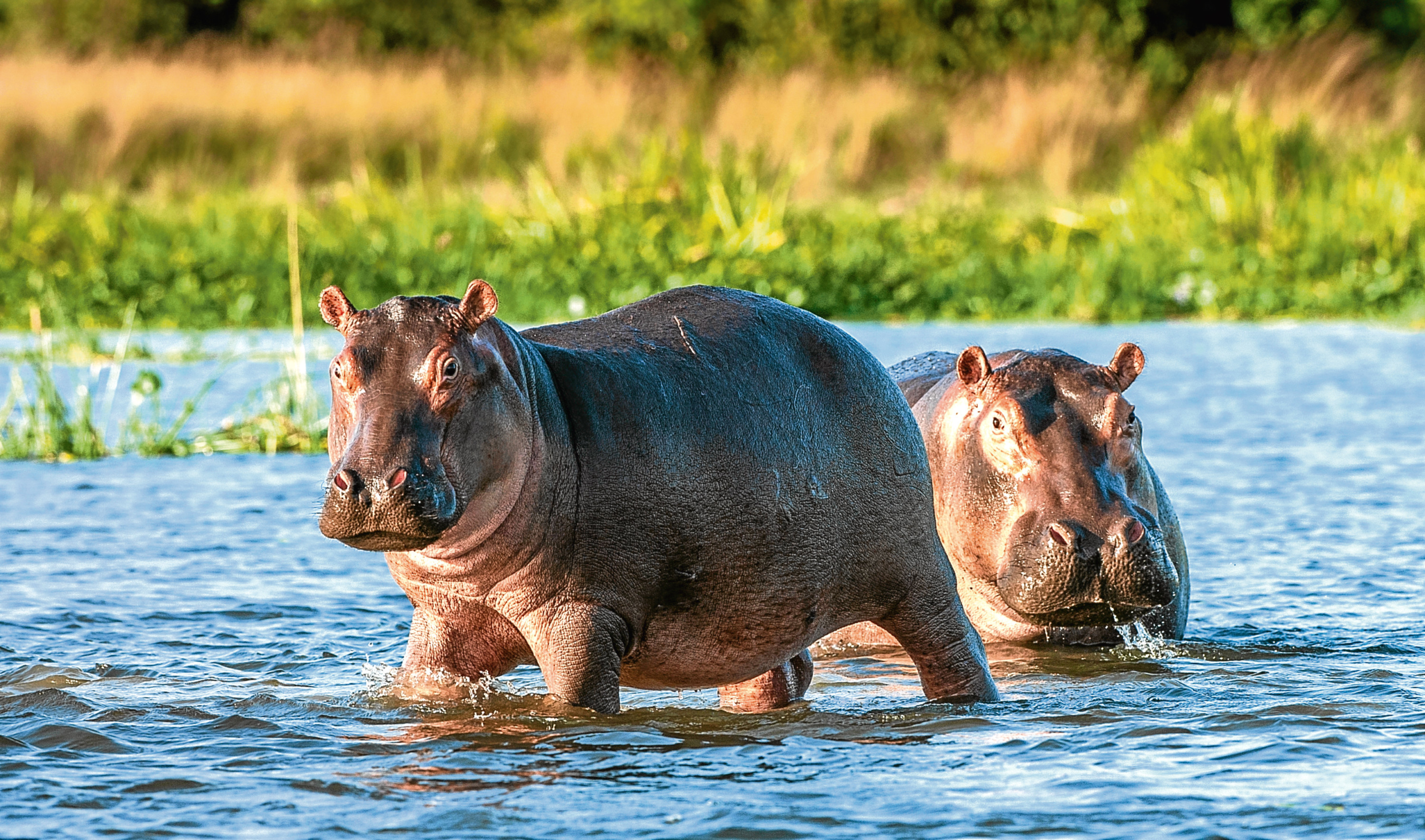
HE was the world’s wealthiest, most-feared criminal — but Pablo Escobar could help prevent one of our favourite creatures from extinction.
It is 24 years since Colombia’s National Police finally caught up with Escobar and shot him dead, but his legacy lives on in a most unexpected shape.
While the hippopotamus population is under threat and some species are in imminent danger of dying out altogether, Escobar’s weird lifestyle has ensured hippos are on the increase in this most unexpected part of the world.
Known as Sir Pablo, The Godfather, The Boss, The Magician or The Tsar of Cocaine, at his criminal peak, he sold 80% of the cocaine entering the USA and was the richest man on Earth.
Enjoying an incredibly-decadent lifestyle, one of the things Escobar did was to have his own personal zoo built, and he imported some hippos.
When he was eventually caught and killed, four of them escaped into the Colombian wilderness, where nature has done its work and there are now more than 40 roaming free and mating.
It’s thought the population will rise to about 100 before long, while the poor hippo is disappearing elsewhere, such as Africa.
A lack of access to fresh water is decimating hippo populations elsewhere, while unregulated poaching and hunting has lost many more, and hippos have officially been a vulnerable species since 2006.
Numbers sank by 20% in the decade beginning in 1996, so you don’t have to be a master arithmetician to see where things are headed.
Zambia and Tanzania still have the biggest populations, perhaps tens of thousands between them, but the signs are not good.
Unless, that is, you’re in Colombia!
The Democractic Republic of the Congo, for example, has seen a shocking reduction since the mid-1970s, when there were almost 30,000 hippos. Today? About 800.
Hippo meat is considered a delicacy in many places, while their teeth are being used as a replacement for increasingly-rare elephant ivory.
All of which makes it ironic, that one of the world’s most terrifying criminals loved them and spent a great deal of money to have some in his backyard.
Escobar’s private menagerie at Hacienda Napoles, 62 miles from the city of Medellin, saw four hippos arrive from New Orleans in the late 80s.
Escobar liked to think of himself as a modern-day Robin Hood, despite the fact his dark deeds got many people addicted to drugs.
So he liked to open his zoo for locals to come along and admire animals they’d never have seen otherwise.
Many weren’t so happy, however, when the escaped hippos ran out of food and went on a bit of a rampage to get some.
They killed cattle and one, Pepe, was killed by hunters.
The rest escaped and have continued to breed.

Enjoy the convenience of having The Sunday Post delivered as a digital ePaper straight to your smartphone, tablet or computer.
Subscribe for only £5.49 a month and enjoy all the benefits of the printed paper as a digital replica.
Subscribe